What Is GST: Everything You Need To Know About It
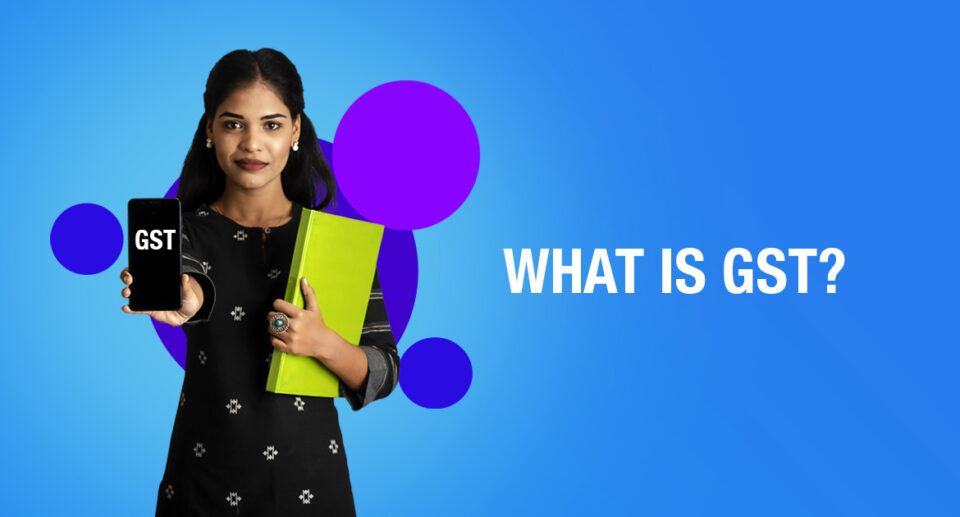
GST, also known as Good & Service tax is an indirect tax that has replaced several indirect taxes such as VAT, service tax, and excise tax.
Passed in the parliament on 29th March 2017 and into effect on 1st July 2017, GST is levied on the supply of goods and services. This is a single domestic indirect tax law in India that is a comprehensive, destination-based, and multi-stage tax that is levied on every value addition.
Under GST, tax is levied on every stage of the sale. It is to note that taxpayers who have an annual turnover of INR 20 lakhs are exempted from paying GST. This law also exempted the option of choosing a compounding scheme and threshold exemption.
What is GST – History
In India, the tax was levied into force in 2000 when prime minister Atal Bihar Vajpayee set up a committee. With the Finance minister’s advisor, Vijay L. Kelkar, it was concluded that GST could help improve the tax structure in India. Finally, it came into effect on 1st July 2017 upon which the GST replaced the following central taxes:
- Service Tax
- Duties of excise
- Central excise duties
- Cesses and surcharge
- Additional duties of excise
- Additional duties of customs
- Special additional duties of customs
GST also subsumed the following state taxes:
- Entry Tax
- Purchase Tax
- Luxury tax
- State Vat
- Central sales tax
- Entertainment Tax
- Taxes of advertisements
- State Cesses and surcharges
- Taxes on gambling and lottery
Objectives
GST tax has replaced multiple indirect taxes like VAT, service tax, excise, etc in India. Following are the objectives of GST that would help you under GST in a much better way:
- Elimination of Cascading Tax Effects: One of the primary reasons to implement GST was to remove the cascading effect of taxes. Earlier taxes were levied on the net value added portion that eliminates the tax on tax and in turn, lowers the cost of goods.
- Achieve the ideology of ‘One Nation, One Tax’: GST has eliminated multiple indirect taxes. Earlier there were multiple taxes even for different states but with one single tax now all states follow the same rate for all products and services. The work of deciding rates and policies is now easy as the central government decides it.
- Subsume Majority of Indirect Taxes: Our country consists of several indirect taxes such as VAT, Central Excise, Service tax etc. all these were levied at multiple supply chain stages. Out of all these taxes, some were governed by states and some by centre which mean that there was no unified and centralised tax on both goods and services. Because of this GST was introduced and under all the major indirect taxes were submersed into one which has benefitted the taxpayers and has eased tax administration for the government.
- To Curb tax Envasion: With the introduction of GST, taxpayers can now claim an input tax credit only on invoices uploaded by the suppliers. Due to this, the chances are really low of claiming input tax credits on fake invoices. With GST being a nationwide tax and being held centrally, the clampdown on defaulters is fast and more efficient.
- To Increase Taxpayer Base: As GST is a consolidated tax on both goods and services, it has increased tax – registered businesses. Certain unorganised sectors under the tax net are helped with the stricter laws surrounding the input tax credits.
- Decrease Corruption: With the introduction of GST, the system has become more transparent and the chances of corruption are also very low.
- Online Procedures for Ease of Doing Business: With GST, all formalities and procedures are done almost online. Earlier, a lot of procedures were done offline which made taxpayers go through a lot of hardships as they had to deal with different tax authorities under each tax law. Now, everything is just a click away from registration to return filing to refunds to e-ways bill generation.
Benefits of GST
Below are some of the benefits of GST.
- Removal of Cascading Taxes
- Higher threshold for GST registration
- Composition scheme for small businesses
- Simpler online facilities for GST compliances
- Relatively lesser compliances under GST
- Defined treatment for e-commerce activities
- Increased efficiency of logistics
- Regulating the unorganised sectors
Like the benefits, GST also has some cons. Learn about these benefits and cons of GST in detail before you start a business.
Types of GST
There are four types of GST which are as follows:
- State Goods & Service Tax (SGST): This is tax is charged by the state government on intra-state goods and service transactions. The revenue is collected by the state where the transactions in question were carried out.
- Central Goods & Service Tax (CGST): Charged on intra-state transactions of goods and services and levied by the central government which is also responsible for collecting the revenue generated through tax.
- Integrated Goods & Service Tax (IGST): Charged on inter-state transactions of goods and services and is applied on imports and exports. The state goods and service tax is collected by the state and the centre and state share the revenue collected through IGST.
- Union Territory Goods & Service Tax (UTST): Levied on Union territory and charged on all transactions carried out in UT.
| Transaction | New Regime | Old Regime | Revenue Distribution |
| Sale within the State | CGST + SGST | VAT + Central Excise/Service tax | Revenue will be shared equally between the Centre and the State |
| Sale to another State | IGST | Central Sales Tax + Excise/Service Tax | There will only be one type of tax (central) in the case of inter-state sales. The Centre will then share the IGST revenue based on the destination of goods. |
GST Registration
As per the GST laws, all businesses are liable to pay service tax, VAT, or central excise which can be done through online GST registration tax. The applicant has to initiate the process of registrations on the GST portal and once that is done the online portal will generate ARN status immediately.
This ARN which stands for Application Reference Number helps in checking the status of the applicants’ application.
Applicants can post queries on the portal. The GST registration certificate and GSTIN number are usually allotted within a week of the generation of ARN. GSTIN is a 15 digit code that is mandatory for all businesses with a turnover of more than INR 20 lakh.
Documents Required for GST Registrations
For the registration of GST, one would require the following documents on handy – For Sole proprietor or Individual:
- PAN
- Address proof
- Adhaar card (Owner)
- Band Account details
- Photograph (Owner)
If you are setting up a partnership firm, LLP, or an HUF, you’ll need more documents. Check out this detailed guide on documents needed for GST to know more about it.
GST Registration Fee
No registration fee is levied on the registration for GST. If someone decides to seek professional assistance for the GST registration, he/she might ask for a fee for their assistance.
GST Errors you might Encounter
There are two main errors that users encounter when registering for GST. It is the GST DSC error and the EMSIGNER Error.
The EMSIGNER Error occurs when your browser shows the error ‘Failed to establish a connection to the server. Kindly restart the emSigner‘. This happens when you want to either register/update the Digital Signature Certificate (DSC) or filing a GST return.
Here’s the complete solution for EMSIGNER Error in case you come across it.
The GST DSC error happens when registering the Digital Signature Certificate (DSC) on the GST portal or filing GST returns as well. Find out solutions for this this error on our GST DSC error guide.
Tax laws
In the earlier regime, many indirect taxes were levied by both state and center governments, as discussed above.
The state collected VATand each state had a different set of rules and regulations. The indirect taxes such as entertainment tax, local tax, and octroi were levied by both state and centre and this led to the overlapping of taxes by both centre and state.
For example, when goods were manufactured and sold, excise duty was charged by the centre. Over and above the excise duty, VAT was also charged by the state. It led to a tax-on-tax effect, also known as the cascading effect of taxes.
The following is the list of indirect taxes in the pre-GST regime:
- Central Excise Duty
- Duties of Excise
- Additional Duties of Excise
- Additional Duties of Customs
- Special Additional Duty of Customs
- Cess
- State VAT
- Central Sales Tax
- Purchase Tax
- Luxury Tax
- Entertainment Tax
- Entry Tax
- Taxes on advertisements
- Taxes on lotteries, betting, and gambling
CGST, SGST, and IGST have replaced all the above taxes.
However, certain taxes such as the GST levied for the inter-state purchase at a concessional rate of 2% by the issue and utilization of ‘Form C’ is still prevalent.
It applies to certain non-GST goods such as:
- Petroleum crude;
- High-speed diesel
- Motor spirit (commonly known as petrol);
- Natural gas;
- Aviation turbine fuel; and
- Alcoholic liquor for human consumption.
It applies to the following transactions only:
- Resale
- Use in manufacturing or processing
- Use in certain sectors such as the telecommunication network, mining, the generation or distribution of electricity or any other power sector
What are the GST Slabs Rates
There are 4 slabs under GST and in our country, almost 1300 products and 500+ services fall under these 4 major GST slabs. The slab structure is made in a way that the food and essential services are under a lower tax bracket while luxury items and services fall under higher tax slabs. The 4 major slabs comprise of 5%, 12%, 18% and 28%.
Here is a detailed discourse on the classification of items under the several rate slabs.
5% GST Rate Slab
14% of goods and services fall under this category that includes apparel below INR 1000 and footwear below INR 500, cream, skimmed milk powder, packaged food items, branded paneer, vegetable, tea, coffee, Sabudana, cashew but, raisin, fish, millet coal, kerosene, Agarbatti, coal, medicine, cashew nut in shell, fertilizers, wail and economy class air tickets, small restaurants, postage and revenue stamps, rusk, bread, spices and so on.
12% GST Rate Slab
This slab consists of edible like butter, cheese, ghee, dry fruits in packaged form, ayurvedic medicines, all diagnostic kits and reagents, ketchup and sauces, Namkeen, apparel above INR 1000, non AC restaurants, state-run lottery tickets, work contracts, indoor games like chess, ludo, carom board, playing cards, cell phones, forks, spoons, fruit juice, umbrella, tooth powder, sewing machine, spectacles, sausages, animal fat, business class air ticket and much more attract 12% GST. 17% of goods and services fall under this category of GST slab rate.
18% GST Rate Slab
Goods and services as many as 43% fall in this category of slab rate and they are biscuits, pastries, mayonnaise, mixed condiments, jams, soups, preserved vegetables, cornflakes, cakes, pasta, ice cream, seasoning, mineral water, camera, printers, monitors, electrical transformers, sanitary napkins, headgear, and its parts, steel products, bamboo furniture, AC restaurants that serve alcohol, footwear costing more than INR 500, speakers, optical fibre, tissues, notebooks, aluminium foil, restaurants in 5-star and luxury hotels, IT services, telecom services, branded garments, and financial services and many more.
28% GST Rate Slab
This slab consists of 19% of the goods and services. The rest of edibles like chocolate not containing cocoa, bidi, chewing gums, wafers and waffles coated with chocolate, aerated water, pan masala, personal care items such as deodorants, shaving creams, aftershave, dye, sunscreen, hair shampoo, water heater, dishwasher, washing machine, Vaccum cleaner, automobiles, motorcycles, 5-star hotel stay, race clubs betting, private lottery and movie tickets above INR 100, etc.
Some other items that will get costlier also include:
- Courier services, mobile phone tariffs, Mobile bills, tuition fees, salon visits, insurance premiums, banking charges, broadband services will get costlier by 3%. These were earlier charged a 15% service tax, and will now fall under the 18% tax slab.
- Taxes on aerated drinks, tobacco and luxury goods will now come under the 28 per cent tax bracket under GST, so it will get costlier.
- Real Estate will also get expensive as it will now attract a GST of 12% as opposed to 6%.


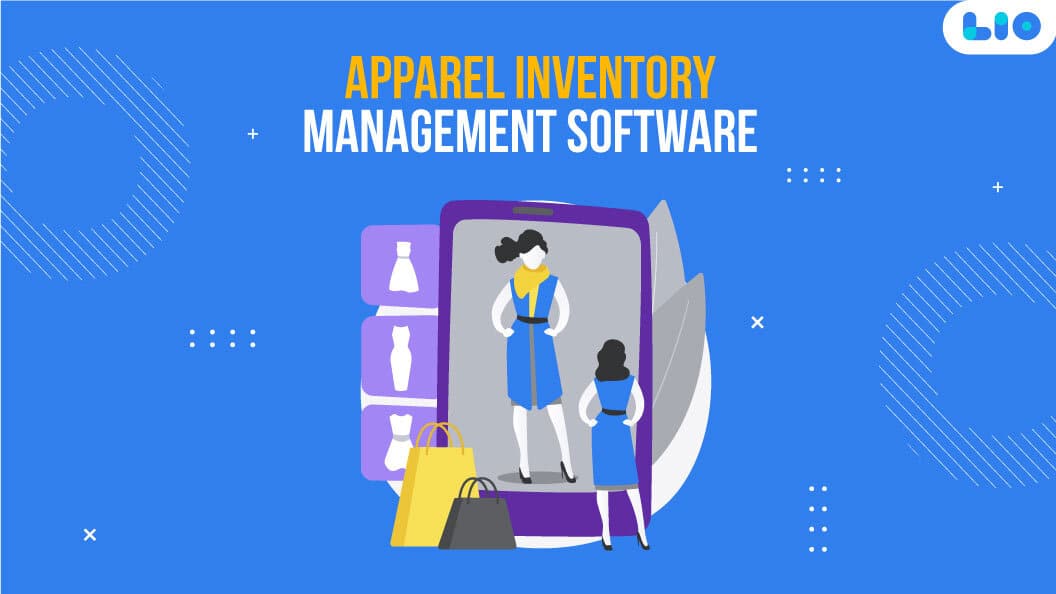


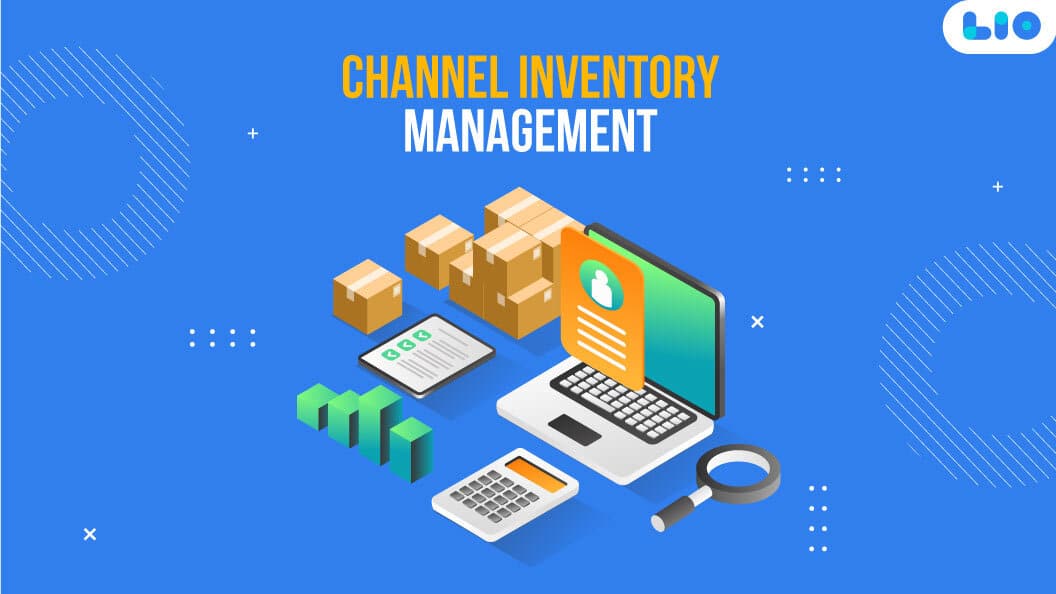

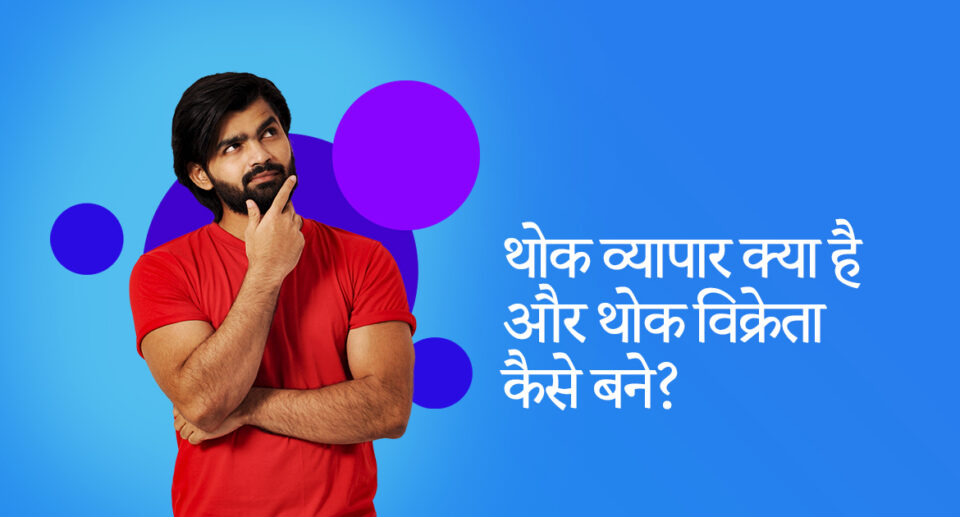


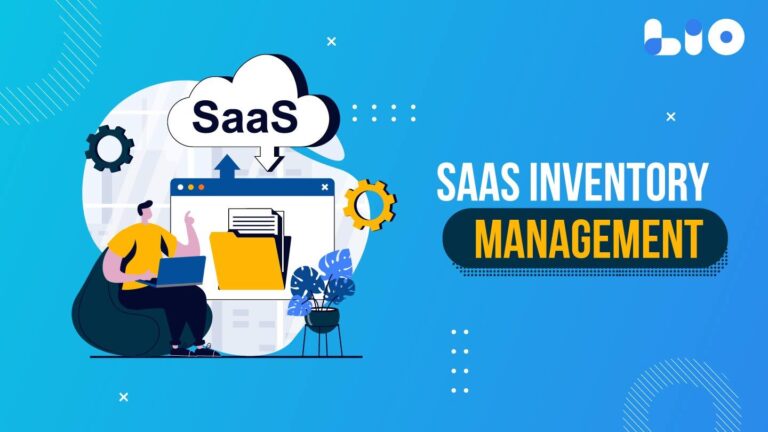






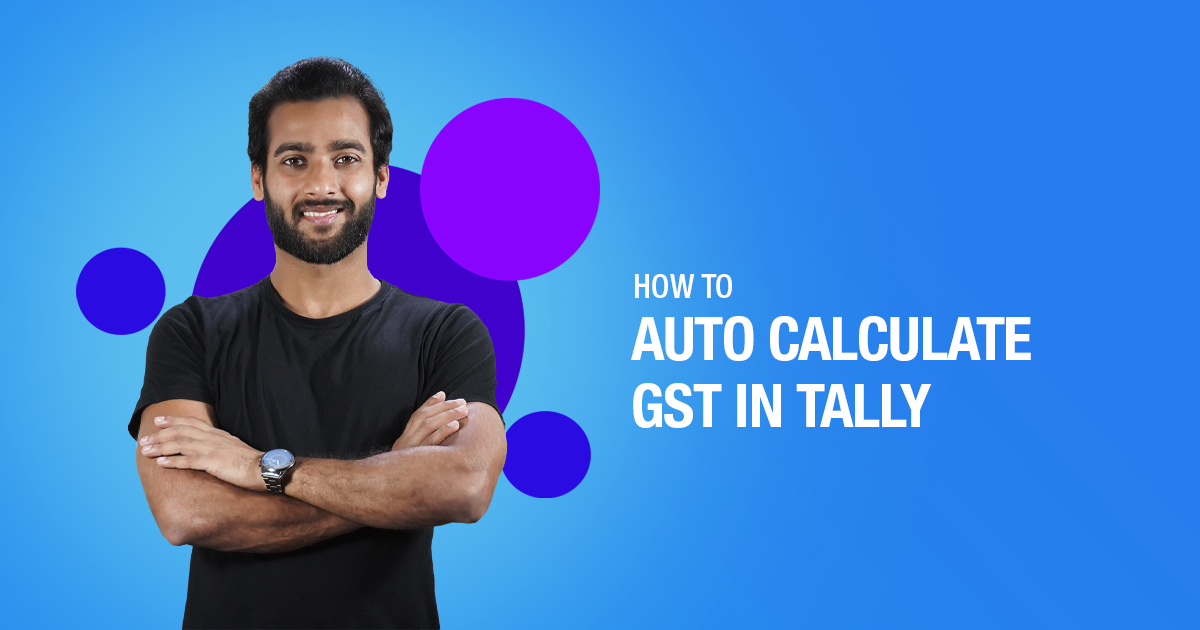
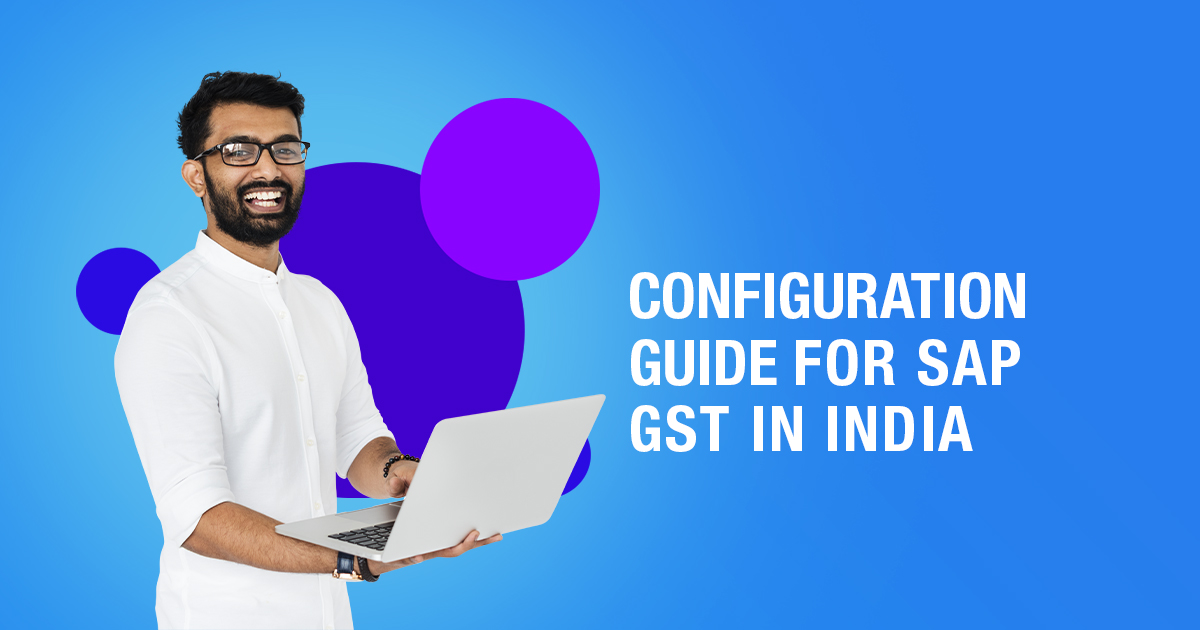
10 Comments
Thank you very much for explaining GST. After reading this, I’m sure a lot of people would become more informed.
Hello Krishna,
I really appreciate your kind words, thank you.
I’m pleased this article was insightful for you.
Have fun reading!
Tell me how to reinstate my GST registration, please. The time and work you put into writing these articles are admirable.
Hello Binitha,
After the cancellation of the GST registration has been processed, the suspension of the GST registration may be lifted. The suspension of the GST registration will be lifted with effect as of the day it was put into place.
Would you kindly explain to me what a JSON file means for GST? Please tell in simple terms.
Hello Krutika,
JSON files are a Java-based computer file format that are simple for people to read and write. The GSTN prepares and files GST returns using JSON files. A JSON file can be used to submit GST returns through the GST Portal.
Can you pls tell me what Sez IN GST is? Thanks..
Hello Miya,
A special economic zone (SEZ) is a place that is considered a foreign territory within national borders and is also a duty-free zone for trade and tariff purposes. The sez GST policy was originally announced in India in April 2000.
After receiving more than 700 comments on the proposed regulations, the SEZ under GST or SEZ Act became operative on February 10, 2006. There are now 22 states in India with special economic zones under GST that have been approved and are in operation.
I’d like to know which taxes the GST replaces. Thank you so much for all of your hard work. Here’s a true fan.
Hello Bharath,
Purchase tax, Central Sales Tax, VAT, Surcharge, and CESS, Entry tax, Taxes on Lottery, Gambling, and Betting, and Taxes on Advertisements are State-Level Taxes Replaced by GST.
The Central Excise Duty, Central Sales Tax, Service Tax, Additional Duties of Customs, Additional Duties of Excise, and Excise Duty payable under the Textiles and Textile Products are the Central Taxes Replaced by GST.